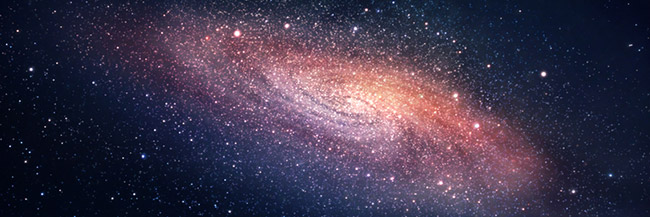The Facts About Light Pollution

Next time you look up at the sky and wonder where all the stars have gone, you need look no further than the excessive and often blinding levels of unnatural lighting that humankind has surrounded itself with. This global phenomena known as light pollution is the result of selfish, misguided, ignorant and blatantly wasteful lighting practices both by the individual and specifically major business corporations.
Light pollution offenses are wide and varied. They represent a major threat to astronomer’s ability to see any celestial bodies in our current visible skyline and are categorized by their known adverse effects on the health of animals, plants, humans and the environment. Recently, there has been more awareness and proactive action on behalf of the lighting industry, independent lobbyists, environmentalists and government bodies to reduce light pollution with the UK and Europe leading the way.
Light Trespass
Light trespass is any misdirected light that is found in an area where light is unwanted and can be as unsuspecting as a neighbors floodlight left on all night and shining into a bedroom window. It has been linked indirectly to increased risk of specific cancers, as over-exposure to light when sleeping impedes the production and maintenance of the key hormones melatonin and oestrogen in the body. Light trespass levels that disrupt sleep are linked to a deterioration of the immune system and when used for negative effects are listed by Amnesty International as a method of torture. Light trespass court cases are increasing throughout Western societies.
Light Glare
Glare is an overwhelming sensation experienced when the light source itself is brighter than the area it is trying to illuminate and out of the eyes normal adaption range. This is especially a concern for the elderly, and those in control of motor vehicles, due to blurred vision and temporary blindness. Areas that are over lit with unshielded globes for safety reasons can actually have the opposite effect and impede vision, increasing the risk of danger. Glare itself doesn’t have too much of an impact on the environment but indirectly increases the effects of another form of light pollution, called Skyglow.
Skyglow
Skyglow manifests itself primarily in major cities as a hazy glow above the horizon caused by light escaped into the atmosphere from misdirected and badly designed sources. This form of light pollution is of particular concern to astronomers as it is responsible for creating a blinding effect over the night sky. In weather conditions, such as rain, wind, and high pollution, skyglow makes it very hard for astronomers to see anything but the most luminous stars and planets. Adverse behavioral effects have been recorded in many species of animals, such as sea turtles and birds, that rely on the night sky for breeding and navigational purposes. Over-illumination is simply put, an over use of lighting for a given situation, and by far the largest contributor to the waste of our natural resources.
Light Clutter
On average lighting systems that pre-date the mid nineties are wasting 30% of their output. Over-illumination has little effect on the environment, but is linked to health problems, such as headaches and increased stress levels. Correctly implementing and/or upgrading current lighting systems can save a company thousands of dollars in utility fees. Light clutter is excessive brightness caused by groups of poorly placed lights. It is of most concern to drivers and pilots as it can cause confusion and disorientation. The style of lighting used in Las Vegas casino advertising is a classic example of light clutter. It does not have much of a direct effect on the environment especially since most animals besides humans seem to avoid such areas. All of these forms of light pollution are a waste of energy and a drain on our natural resources such as oil and petroleum.
Light Pollution
Light pollution is a much overlooked problem that requires rapid attention from local councils and state authorities. Astronomers stress that the problem is a direct cause of wasting our light sources and the way in which we use our lights and requires a change in attitude to rectify. Simply turning off garden lights, using timers that shut down neon advertising and house lights after dark, as well as replacing existing lighting fixtures with newer more efficient globes inclusive of shields that reflect light protons towards the ground and correctly angling lights away from the sky, can help to significantly reduce the effects of skyglow in highly populated areas. Eliminating lighting around observatories and setting safety regulations for well used areas such as highways and areas of high aviation use helps to reduce the incidence of accidents. Many amateur and professional star gazers have turned to the use of Light pollution reduction filters. These filters are effective by blocking the most prevalent light wavelengths emitted from artificial lights and will have different results in different weather and type of light pollution. A major way in which individuals can help the cause is to be proactive, write letters to your local state authorities and lobby for changes be made to ineffective lighting systems in your neighborhood. The Institute of Lighting Engineers (ILE) has legal limits pertaining to the amount of light that may intrude upon a person’s privacy, but finds it very hard to enforce.
- Human medical problems of light pollution
- Light trespass including good photographic representation of unshielded light
- Skyglow
- Light pollution and astronomy
- Glare and security with visual representations
- Light pollution’s impacts against the environment
- Light pollution’s impacts against human health
- Light Pollution Basics
- Wildlife and disruption by light pollution
- Light pollution and energy savings
- Light pollution, cancer and shift workers
